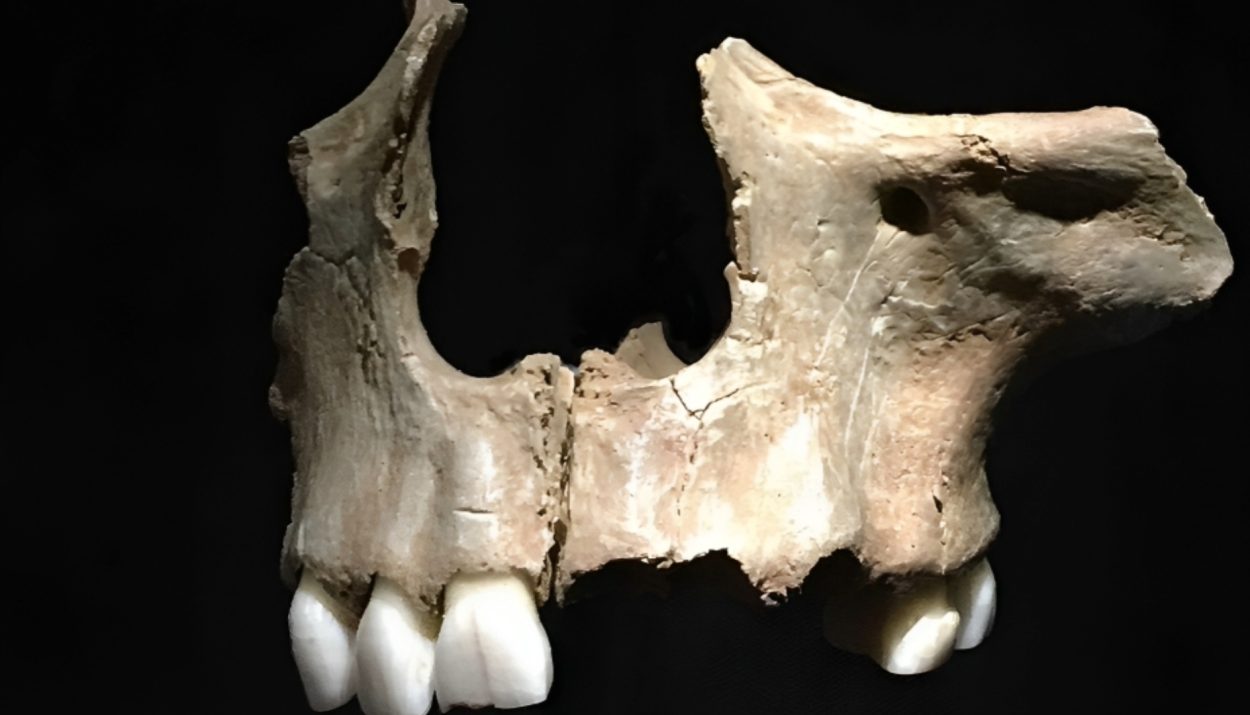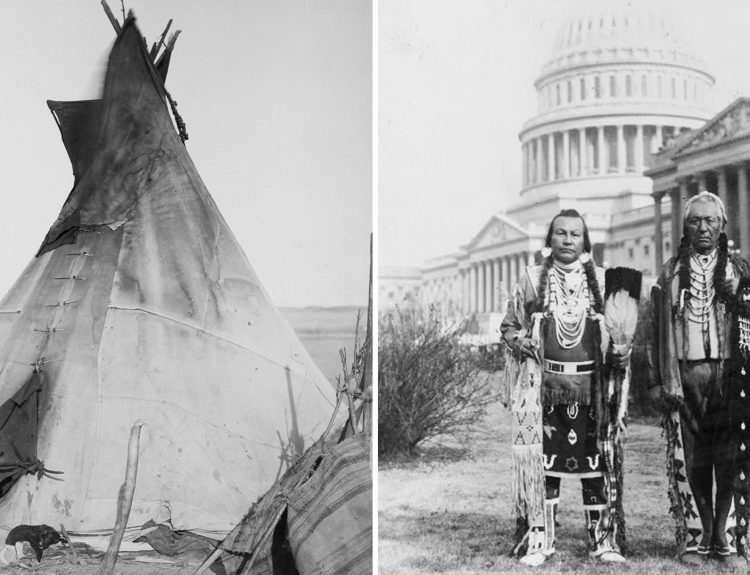Throughout human history, nothing has been so derided as evil as eating other human beings. Even in the direst of circumstances, it’s not something that most people would ever do. Yet scientists have found teeth marks that may suggest the occurrence of cannibalism in prehistoric tribes. Let’s see what this discovery reveals.
Finding Peculiar Marks Inscribed on Bones
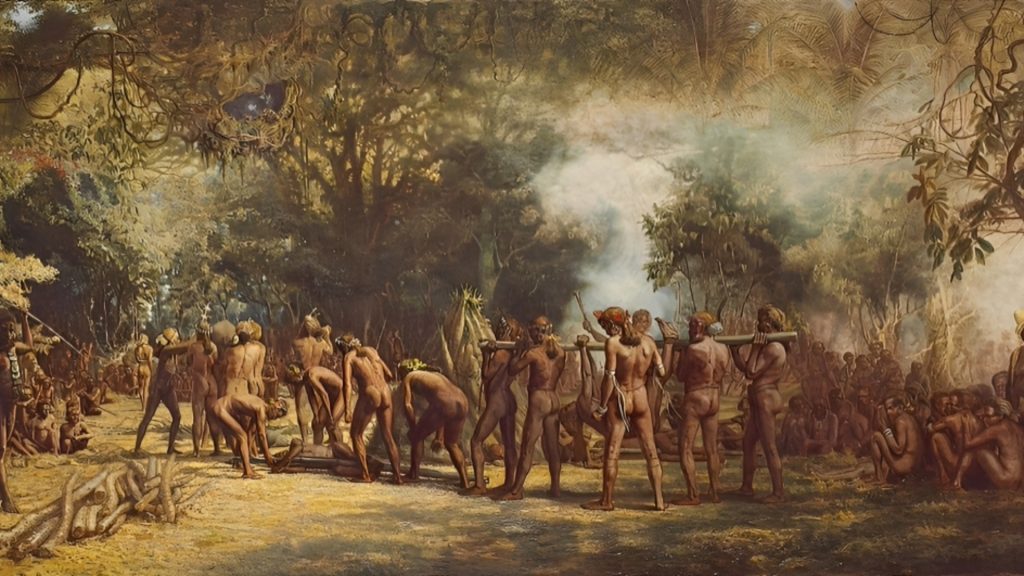
In 2017, Briana Pobiner, a paleoanthropologist from the Smithsonian’s National Museum of Natural History, was working on hominin fossils, looking for chew marks or tooth imprints. After examining fossils from the Pleistocene period, she noticed eleven peculiar markings on a specimen labeled KNM-ER 741.
The markings were straight and deliberately made as if someone was carving the bone. They ran along the long axis of the bone and clustered around where the calf muscle would be attached to it. They were too thin to be the marks of a big cat or some other Pleistocene predator. So, what were they?
The Marks Of an Ancient Knife
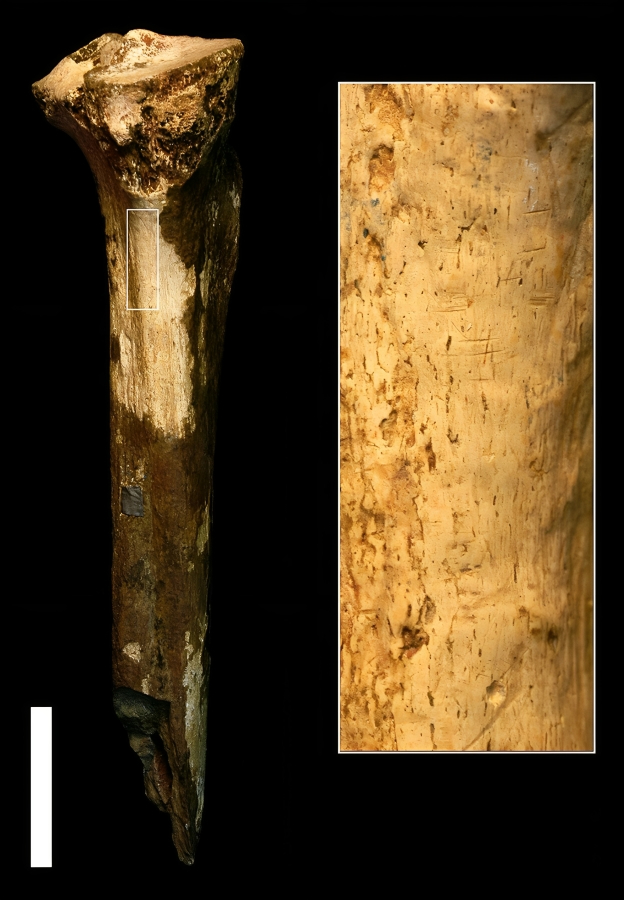
These thin marks are typical of the use of cutting tools, especially those made out of bone or stone. The thin head of the tool would be used to cut into the meat and sinew of an animal, preparing it for a pot. They stand out since they are usually much thinner than the marks made by other animals.
Additionally, the long, thin cuts made into the bone correspond with freeing the flesh on it to be used for cooking. This is especially highlighted where the markings converge on the thigh muscle. Muscles tend to require a lot of effort to cut, which may be a sign that the knife was used repeatedly to free the muscle from the bone.
Predators And Prey in the Pleistocene
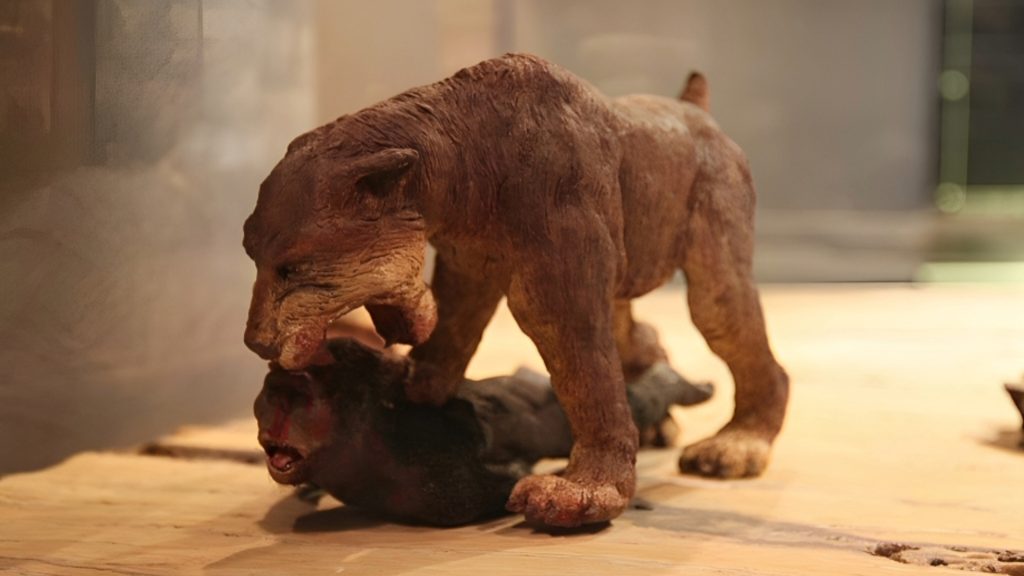
After finding the markings, Briana made dental molds for them and sent them off to a couple of colleagues to see what they made of the marks. She wasn’t the first one to examine KNM-ER 741, but she was the first person who had made note of the marks on it.
Briana’s colleagues made 3D renderings of the marks and compared them to the markings made by various prehistoric tools, predators, and natural abrasion. Some patterns appeared to belong to a large cat, but others were unmistakably from human cutting tools.
Not Really Eating Your Own Kind?

Before we jump to conclusions about cannibalism, it’s essential to understand that there were several species of prehistoric hominids. During the Pleistocene, Homo sapiens existed alongside Neanderthals, Denisovans, and other hominids. It’s entirely possible that this may have been one species consuming another.
Additionally, there are a lot more things to consider. We only have a single cone recovered in Kenya, about KNM-ER 741. This by itself is not enough of a record to make a definitive statement about its species. We also have no idea of the species of the knife-user.
Bending The Lines for Cannibalism
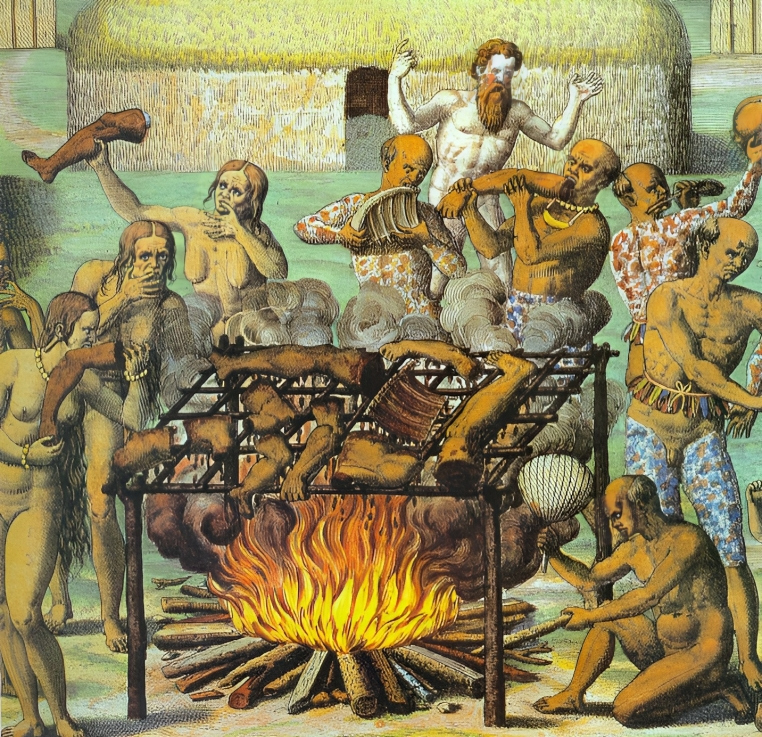
Strictly speaking, Cannibalism is only defined as consuming an individual of the same species for food. If they were different species, it couldn’t technically be considered cannibalism. However, it does highlight some questionable behavior of the predator that may change how we see Pleistocene humanoids.
While the eater might not be consuming a humanoid of the same species, they would be eating an intelligent humanoid. However, once again, this might be a case of scavenging an already pre-eaten corpse. The original predator may have been the large cat, and the humanoid found the carcass later and consumed the flesh from there.
This May Be The Oldest Evidence for Cannibalism
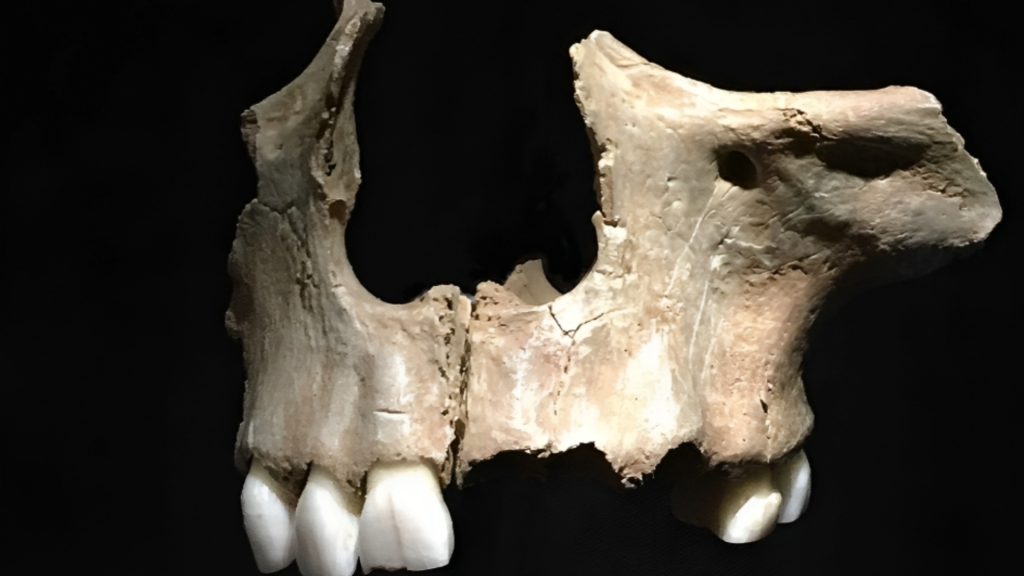
If we assume that both the consumer and the consumed were of the same species, then it would be the oldest evidence of cannibalism ever found. At the very least, it underlines that hominins were eating each other around this time. However, there is older evidence that has left scientists divided over whether cannibalism might be even older.
In early 2000, scientists discovered cut marks inflicted by a stone tool in the partial skull of either a Homo habilis or Australopithecus africanus individual dating to 2 million years ago. There hasn’t been any definitive answer to whether the cuts were made by a knife removing flesh for eating or just for burial.
Rituals Can Play a Part
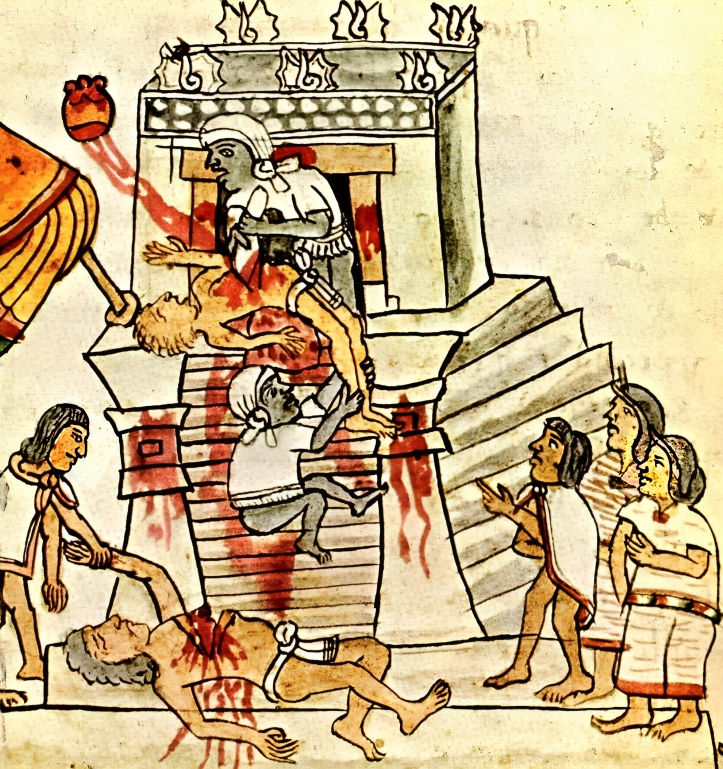
An entire area of the world, the Caribbean, is named after a group of people who were famed for eating their captives. However, this narrative was framed by Europeans who were too terrified to find out more about the practice. It turns out the Caribs only resorted to eating war captives and only the ones they considered brave or strong.
In other parts of the world, cannibalism was celebrated as a way of life. It’s said that human flesh was openly sold in markets in Melanesia. As of 2012, it was still practiced in Papua New Guinea for cultural reasons. There’s no evidence for why this individual was killed and eaten.
Hard Times Call For Desperate Measures

Cannibalism can also be due to people facing severe hardship and resorting to eating their own. One of the most well-known stories of possible cannibalism is that of Ernest Shackleton’s doomed South Pole discovery trip. Even though it might be understandable, it’s still not something modern society condones.
Cannibalism can also be a method of revenge. A story on social media has mentioned that the Dutch killed and ate their leader, and while it’s a wild one, it’s technically accurate. Johan de Witt was a stadtholder in the Netherlands whom Orangist supporters lynched, and his liver was roasted and consumed in the public square.
Determining the Truth Is a Difficult Process

While we have records for some of these cannibalistic attitudes, it’s an entirely different story when it comes to prehistory, where there are no written records to refer to. Thus, markings on bones are what we have to rely on. However, some scientists don’t like to default to cannibalism as an explanation.
According to Peter Bullock, a renowned, retired anthropologist who typically disavows the cannibal theory, “Cannibalism is usually the sexy interpretation…Why not a murder victim or the result of an autistic humanoid doing self-harm? Prove that’s not possible.” Saying it was cannibalism could just be stoking the flames.
Other Ancient Motivations for Eating the Dead
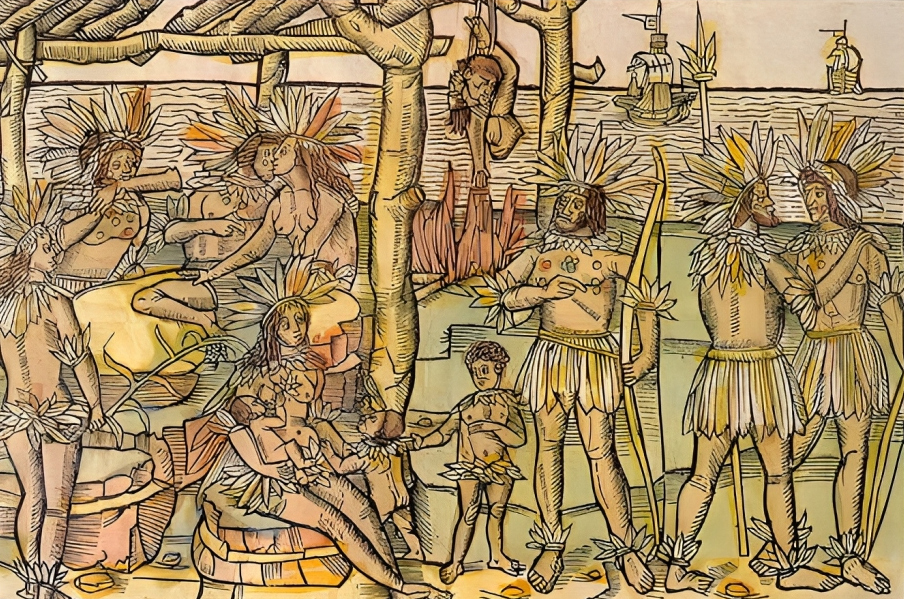
One of the lesser-mentioned ideas about ancient cannibalism stems from how humans needed to keep their dead safe from predators. Predator control could potentially be a reason for eating a dead body, as opposed to burying it. In this case, an abundance of food in the form of dead bodies means an abundance of predators.
Whether for love or safety, ancient hominids ate each other because they saw each other as a food source. Possibly, they also ate each other to show dominance or to celebrate conquering another hominid tribe. One thing is for sure, though: eating another hominid is not something one does for the calories.
Not Very Good Nutrition

In 2017, a researcher at the University of Brighton published a paper in Nature that outlined the different calorific content of eating a human being. While the research may seem macabre, it revealed something we hadn’t considered before. It also would shed light on why ancient cannibalism might not be the correct explanation.
The paper explains that the calorific content of the human body is terribly poor. Considering the amount of calories early humans needed to live, a single person wouldn’t even provide enough calories for a tribe of 25 to survive. This makes it seem like cannibalism was a terrible survival tactic.
The Oldest Confirmed Cannibalism Happened in Spain
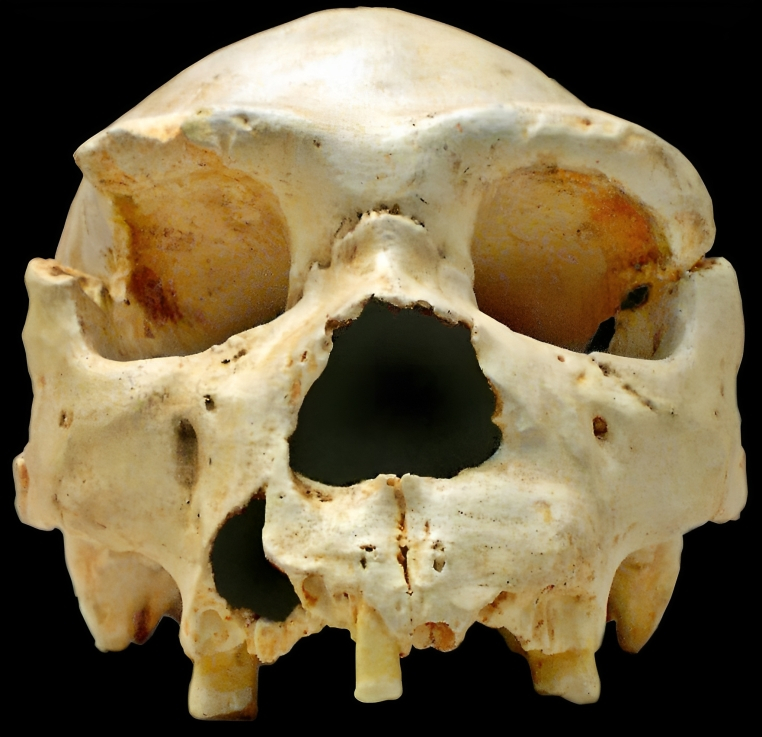
In a cave in Gran Dolino lay the remains of several individuals from Homo antecessor, a hominid species that lived several hundred thousand years ago. These remains were dated to be around 800,000 years old and showed unmistakable signs of being butchered.
Scientists estimate that the remains belonged to eleven individuals ranging in age from late infancy to early teens. The damage to the bones resembled other animal bones found in the cave, suggesting they were hunted, butchered, and eaten like any other animal. The systematic butchering suggests it was a culinary tradition, not due to starvation.
Neanderthals Were Not Off The Menu
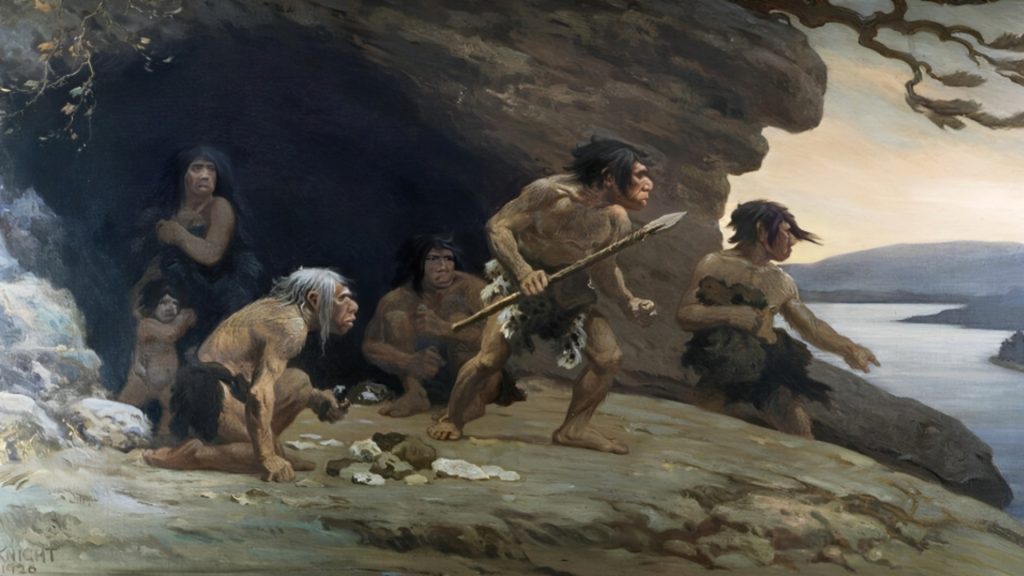
Evidence exists that shows Neanderthals were probably butchered and eaten by early modern humans as well. A Neanderthal child was consumed by early modern humans some 30,000 years ago, but there’s no evidence of whether the child was already dead when it was eaten.
Some scientists suggest that the Neanderthals were also consumers of hominid flesh, but other researchers have disputed these claims. Like everything else about Neanderthal behavior, the determination of whether they were or weren’t cannibals remains shrouded in controversy.
Why Do Humans Hate Cannibalism So Much?

To most people in Western society, Cannibalism is the ultimate taboo. It’s not just about consuming human flesh. It’s about the moral and ethical concerns of doing that. Humans see themselves as better than animals, and considering a human being the same as an animal is an ethical faux pas.
Additionally, modern science has shown us that consuming the bodies and brains of other humans could lead to diseases. Remember how Papua New Guinea still practiced cannibalism until 2012? Some of those tribes went extinct from diseases passed down through consuming human flesh.
Don’t Look Out For Human Cutlets Anytime Soon
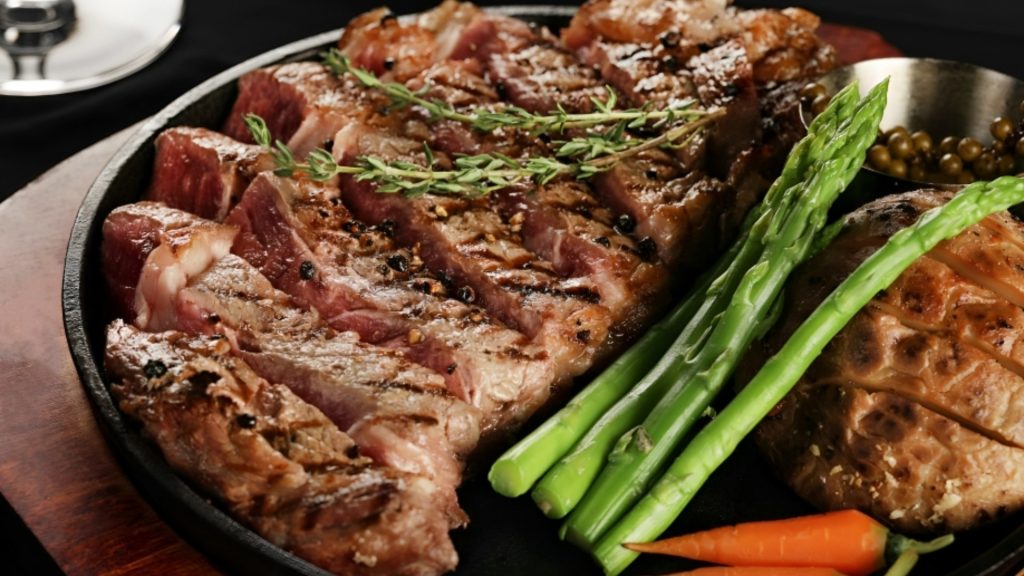
While there might still be areas practicing cannibalism in the world today, it’s done in secret since cannibalism isn’t seen as socially acceptable. It hasn’t been socially acceptable in Western society for over two thousand years. And yet, it shows up now and again on the news.
As for our old friend KNM-ER 741, we’ll have to keep guessing whether he was eaten by humans first or second. What remains unchanged is that someone cut his flesh off his bones and consumed him. And that’s terribly disturbing, even though it happened over 1.5 million years ago.

